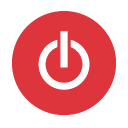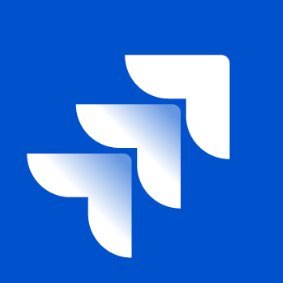How I Built A $12K/Month Business With A Niche Marketing Service For SaaS Companies
Hello! Who are you and what business did you start?
Hello! My name is Federico Jorge and I'm the founder of Stack Against, where we research, write, and design comparison pages for SaaS companies.
Comparison pages are a very effective leadgen and sales asset for SaaS products. But most companies struggle when they need to write them. They have a hard time articulating what makes them different from each competitor and they don’t want to sound biased. That’s where we come in.
We offer 3 packages. Clients can choose to pay us for copywriting services only or copy and design. We also create other assets related to comparison pages, such as sales battlecards, Google Ads, and images for organic or paid social media — but our flagship product is the comparison pages.
Our best customers are SaaS companies competing in a crowded space, where buyers have a hard time deciding which product to choose. When done right, comparison pages can be effective in persuading your best-fit buyers that your product is the right solution for them.
I officially launched Stack Against in early 2021. Today, we’re making $12,000...

Download the report and join our email newsletter packed with business ideas and money-making opportunities, backed by real-life case studies.

Download the report and join our email newsletter packed with business ideas and money-making opportunities, backed by real-life case studies.

Download the report and join our email newsletter packed with business ideas and money-making opportunities, backed by real-life case studies.

Download the report and join our email newsletter packed with business ideas and money-making opportunities, backed by real-life case studies.

Download the report and join our email newsletter packed with business ideas and money-making opportunities, backed by real-life case studies.

Download the report and join our email newsletter packed with business ideas and money-making opportunities, backed by real-life case studies.

Download the report and join our email newsletter packed with business ideas and money-making opportunities, backed by real-life case studies.

Download the report and join our email newsletter packed with business ideas and money-making opportunities, backed by real-life case studies.

































